Optimal Timing for Foundation Repairs
Determining the optimal time for foundation repairs involves considering weather conditions, soil stability, and structural signs. Proper timing can ensure the effectiveness and longevity of repairs, reducing future issues.
Spring offers moderate temperatures and soil moisture levels, making it suitable for foundation repairs. Avoiding extreme wet or dry conditions helps ensure proper curing and settling.
Summer can be ideal due to dry weather, but excessive heat may cause rapid curing. Planning repairs during early summer can prevent delays caused by heatwaves.
Fall provides cooler temperatures and less soil movement, making it a good time for foundation work. Avoid late fall when freezing temperatures may impact materials.
Winter is generally less suitable due to freezing temperatures and frozen ground, which can hinder repair work and material curing. However, in milder climates, repairs can be scheduled with proper precautions.
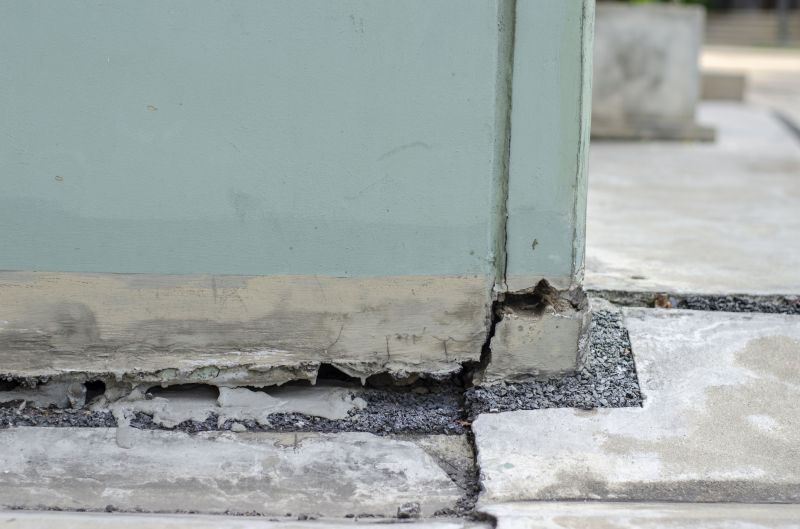
Visual assessment of cracks and shifts can indicate the right time for repairs.

Monitoring soil moisture helps determine optimal repair timing.
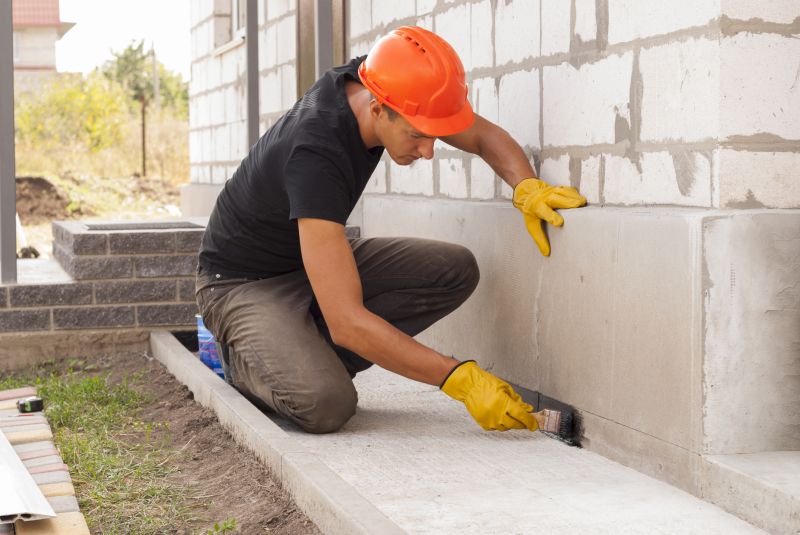
Analyzing local weather trends guides scheduling foundation work.
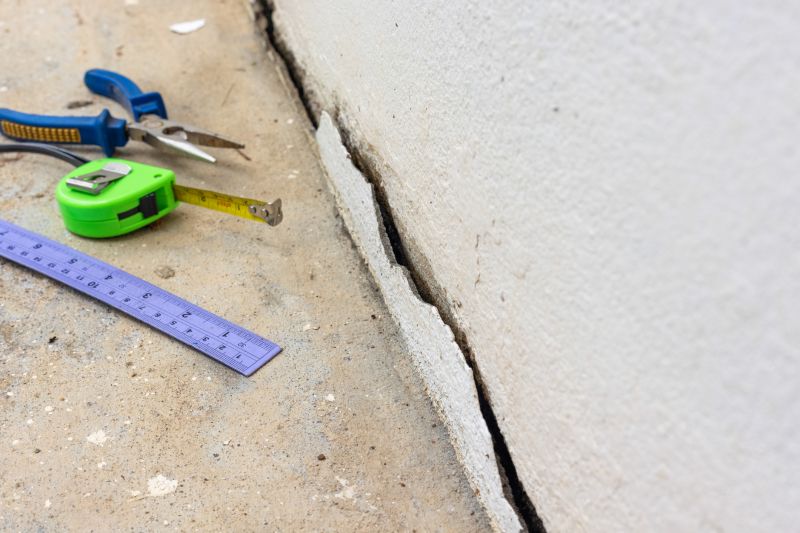
Ways to make Foundation Repairs work in tight or awkward layouts.

Popular materials for Foundation Repairs and why they hold up over time.
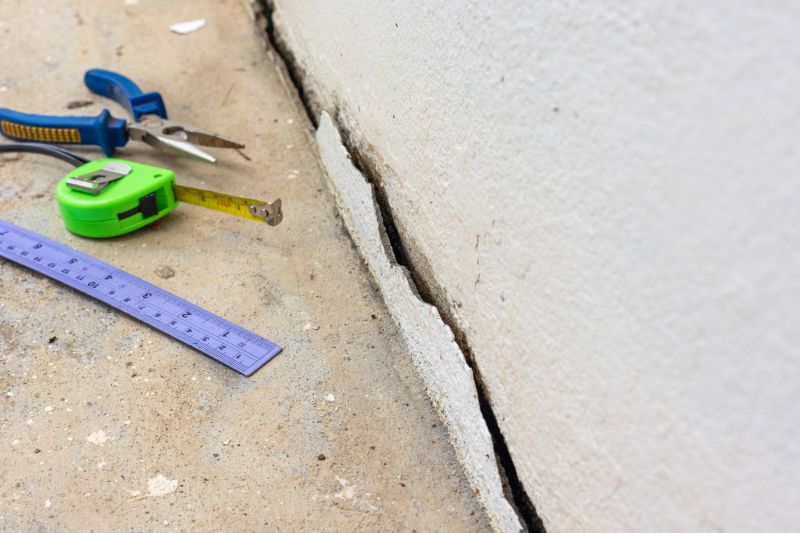
Simple add-ons that improve Foundation Repairs without blowing the budget.
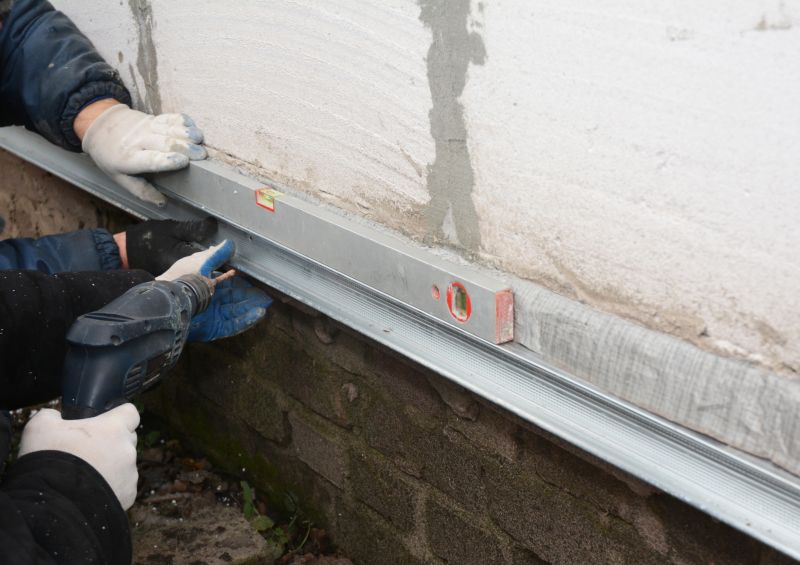
High-end options that actually feel worth it for Foundation Repairs.
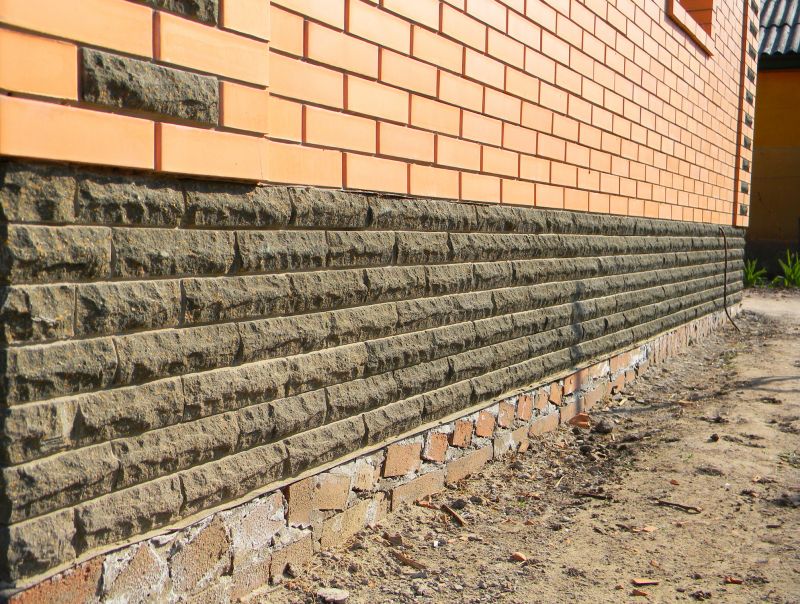
Finishes and colors that play nicely with Foundation Repairs.
| Season | Best Conditions |
|---|---|
| Spring | Moderate temperatures and soil moisture, ideal for repairs. |
| Summer | Dry weather; early summer preferred to avoid heat stress. |
| Fall | Cooler temperatures and stable soil conditions. |
| Winter | Less suitable due to freezing ground and low temperatures. |
Foundation repairs are essential for maintaining structural integrity and preventing further damage. Addressing issues promptly can help avoid costly repairs in the future. Common signs indicating the need for repairs include visible cracks, uneven floors, and sticking doors or windows. Soil movement, moisture fluctuations, and age-related wear also contribute to foundation problems.

Visible cracks often signal the need for immediate attention.
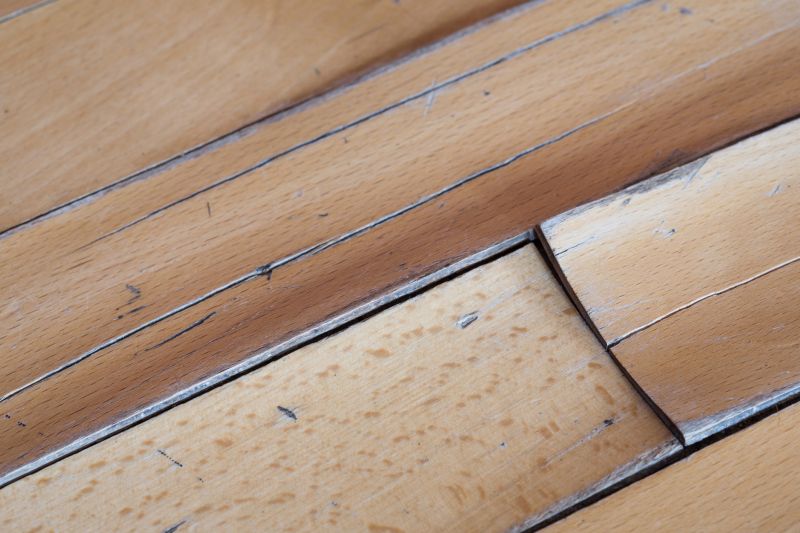
Floor unevenness can indicate shifting or settling issues.
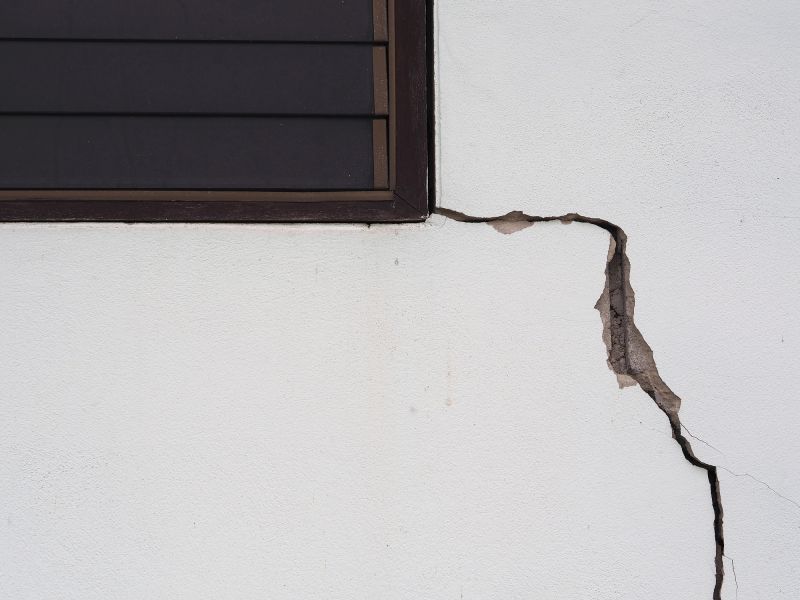
Bowing walls are signs of structural stress.
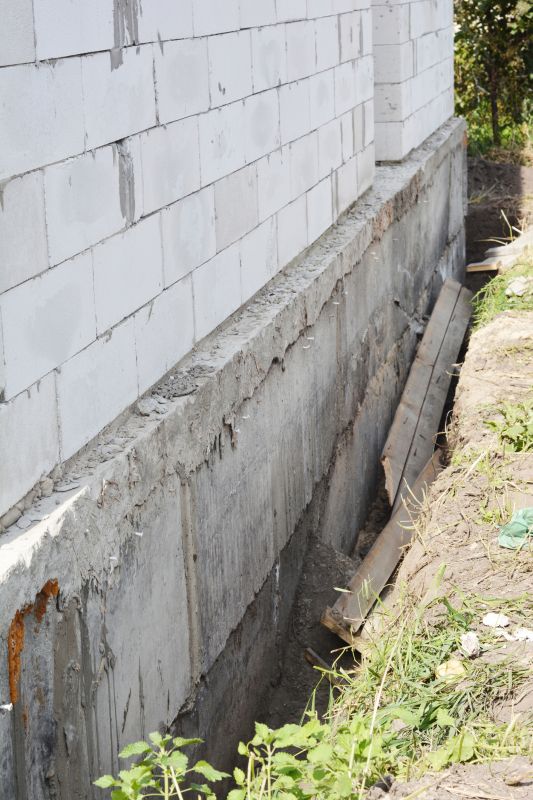
Indicators include sinking or shifting of the foundation.
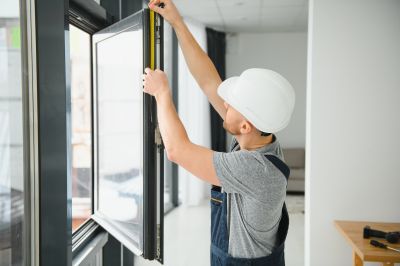
Little measurements that prevent headaches on Foundation Repairs day.
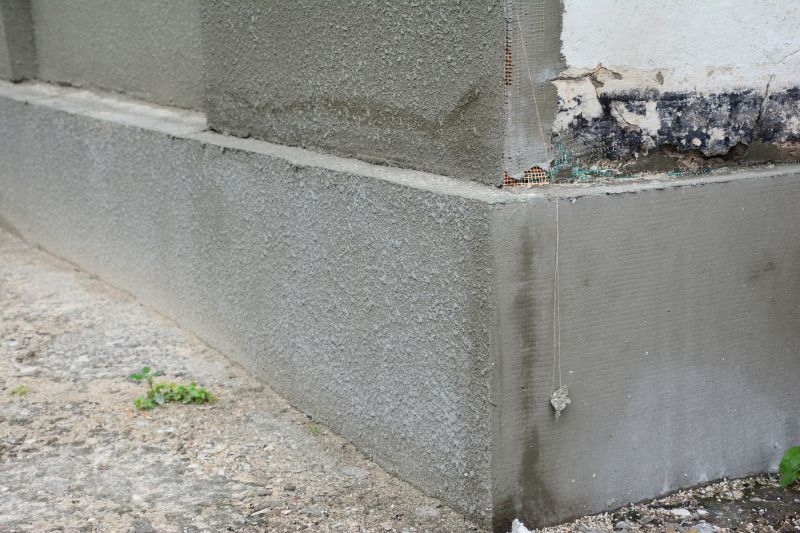
A 60-second routine that keeps Foundation Repairs looking new.
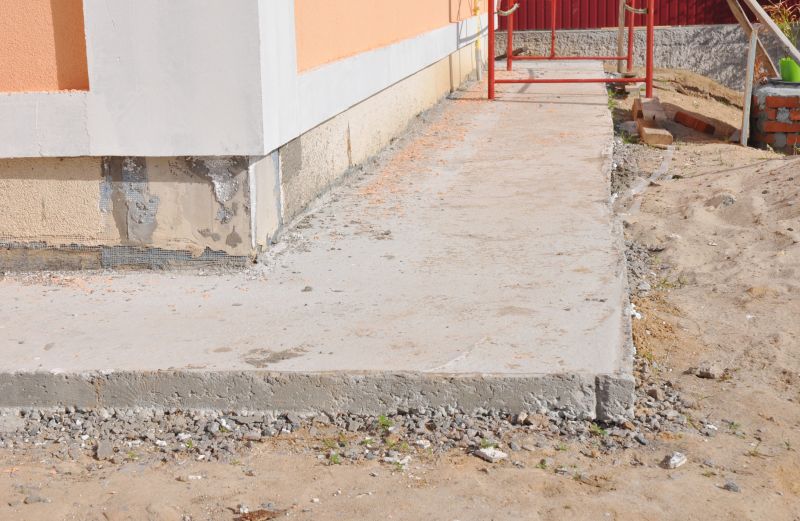
A frequent mistake in Foundation Repairs and how to dodge it.

Small tweaks to make Foundation Repairs safer and easier to use.
Timely foundation repairs can prevent further structural damage and preserve property value. Proper assessment and intervention are crucial to address underlying issues such as soil instability, water intrusion, or structural deterioration. Consulting with a foundation specialist can help determine the most appropriate repair approach and timing.
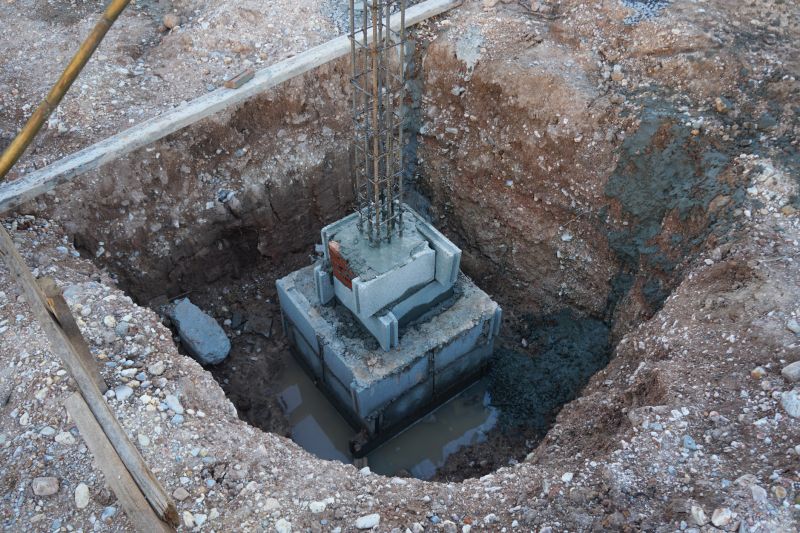
Excavation and stabilization techniques are common methods.
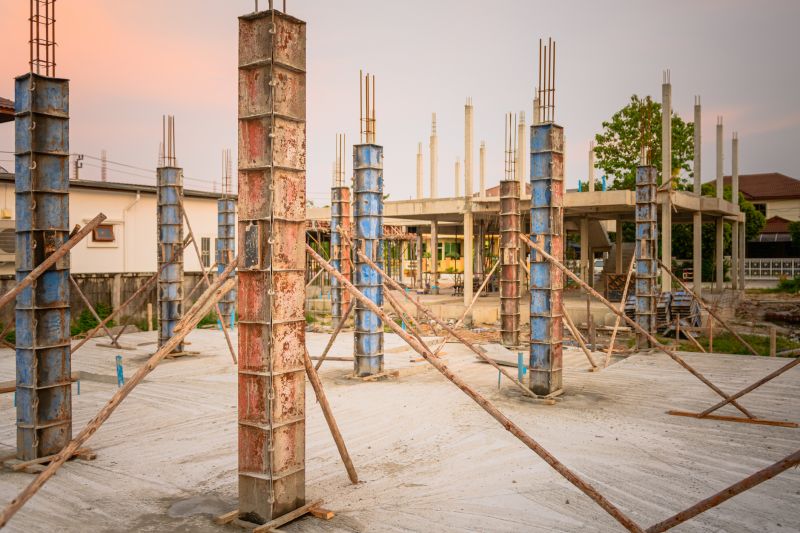
Supports and stabilizes sinking foundations.

Raises sunken concrete slabs efficiently.
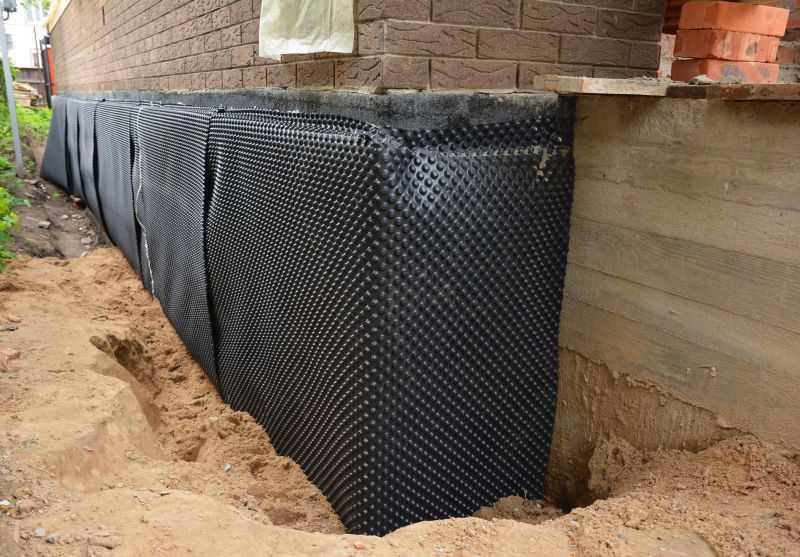
Protects foundations from water damage.
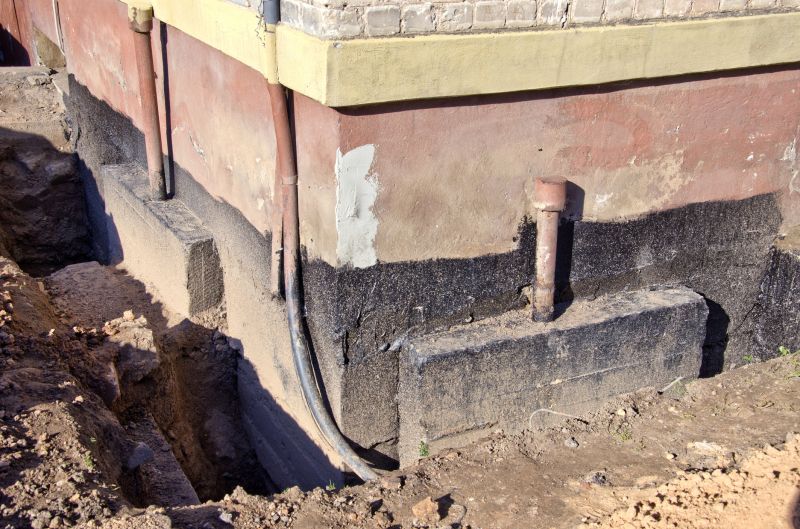
Lower-waste or water-saving choices for Foundation Repairs.

The short, realistic tool list for quality Foundation Repairs.
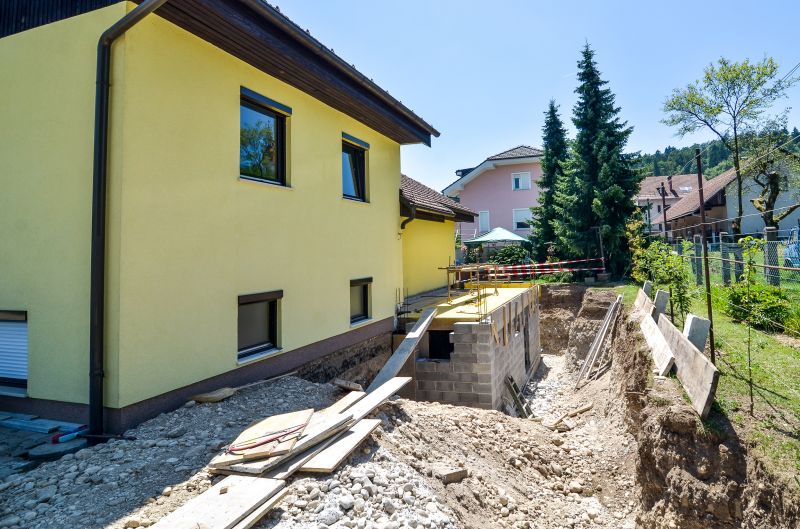
Rough timing from prep to clean-up for Foundation Repairs.

Quick checks and paperwork to keep after Foundation Repairs.
Interested property owners should consider scheduling an inspection to evaluate foundation conditions. Early intervention can mitigate damage and extend the lifespan of the structure. For those seeking foundation repairs, contacting a qualified specialist is a recommended step to ensure proper assessment and timely service.

